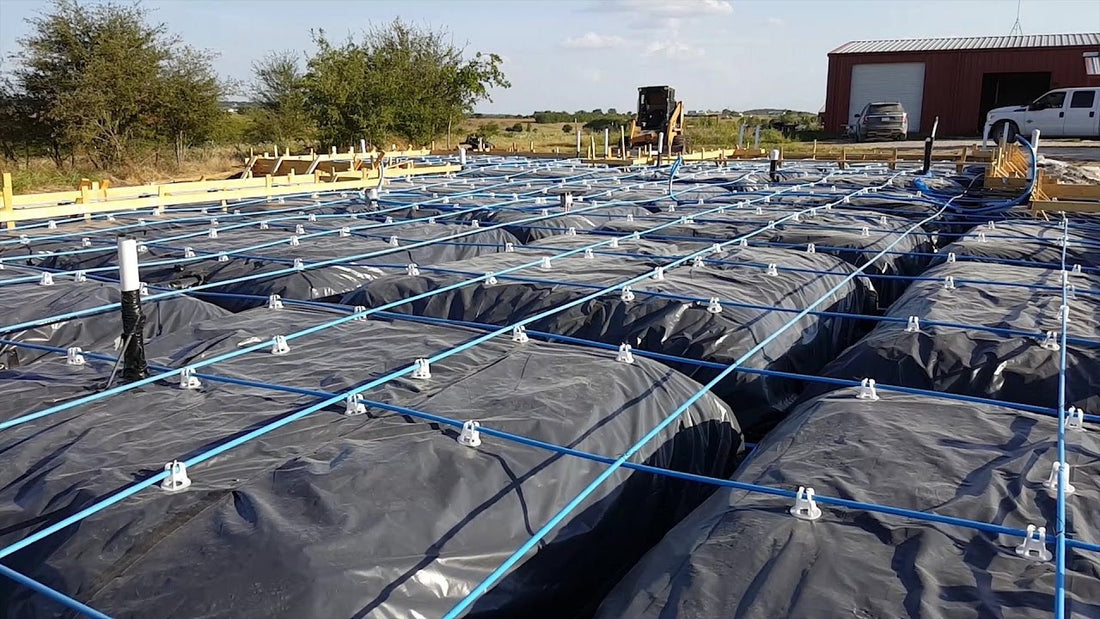Prestressed concrete foundations are not very common in construction. However, the use of prestressed and prestressed concrete structures is currently increasing rapidly due to their advantages over reinforced concrete structures. Although prestressed concrete systems cannot be used for all types of construction, they can be applied in certain areas of construction.
What is prestressed concrete?
Post-tensioning is a type of reinforcement method used in construction. It is mainly used in the construction of prestressed concrete slabs and beams.
First we pour the slab or beam. We then stretch the cable to develop tensions opposite to those exerted by the external load.
Prestressing allows us to increase spans, reduce beam heights, etc., making the structure more economical.
Types of prestressed concrete foundations
Prestressed concrete foundation can be divided into different types depending on the application and type of construction. The following are considered the most common.
- Prestressed concrete foundations
- Slab foundations with subsequent tension
Let's discuss each type of foundation in detail.
Prestressed concrete slab foundations
Slab foundations are used in the construction of small buildings. The slab is used as the foundation and the walls are started from the slab.
For prestressed concrete slab foundations, prefabricated variants and cast-in-place slabs can be used.
Prefabricated panel elements, post-tensioned to support wall loads, could be placed firmly. If the water table is close to the surface of the earth, this option is not practical.
Cast-in-place precast slab foundations are relatively useful compared to prefabricated slabs. The tension cables are placed in the ground so that they can withstand the loads exerted by the superstructure elements.


Prestressed concrete foundations
Slab foundations are a cheaper form of shallow foundation in construction compared to deep foundation systems such as in-situ concrete bored piles.
Raft or mat foundations are most commonly erected in medium-sized buildings when they cannot be built on shallow foundations, such as individual foundations, combination foundations, or strip foundations.
For slab and beam foundations, etc., we use tensioning systems to increase their load capacity. As with other construction methods, tendons are used where deflection and hanging moment occur to withstand the stresses caused by applied loads.


By introducing prestressed concrete systems into slab foundations, the amount of reinforcement required to absorb tensile stresses could be reduced. Furthermore, the cross-sectional dimensions could also be reduced.
Conventional tensioning systems can be used to construct the slab foundation. In these types of construction, correct estimation of design loads and adherence to standard construction practices are essential. As the entire structure depends on the tensioning system, it is the designer's responsibility to execute the project without errors.
Note: Ownership of the internet and images remains with the original authors.

